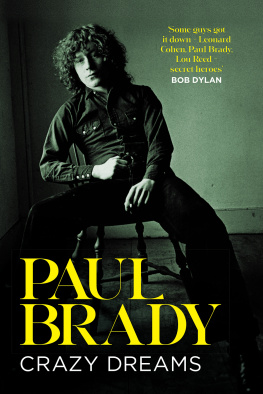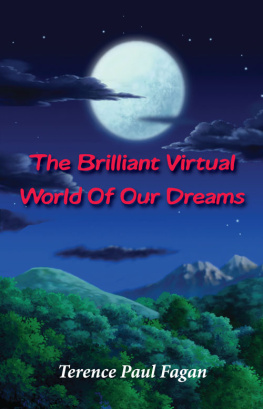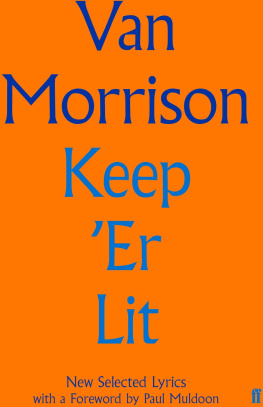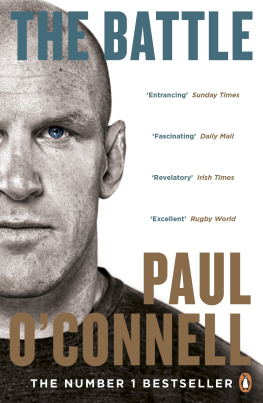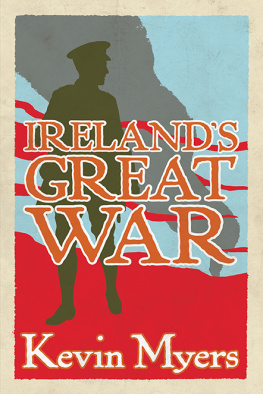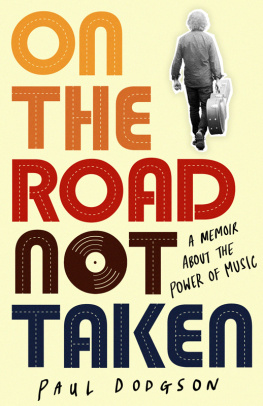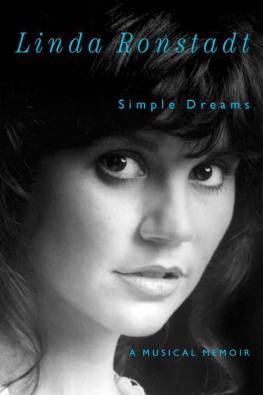
I would read/listen to anything that Paul Brady has to say. A voice of our times.
Harry Belafonte
A troubadour, an honest man, fearless and true, an inspiration to anyone who would like to be a storyteller And all thats without trying to describe the way he sings and plays, thats beyond me
Eric Clapton
Paul Brady is strong stuff more real and more honest than most people would even try for a genuine voice speaking from the heart but with a brain still attached I love his work and always have.
David Crosby
People get too famous too fast these days and it destroys them. Some guys got it down Leonard Cohen, Paul Brady, Lou Reed secret heroes.
Bob Dylan
This is the story of a youngster in love with the music he heard on the radio in Ireland, teaching himself piano and guitar before finding his own voice and becoming a leading international singer-songwriter.
Mark Knopfler
Like so many of his songs and his presentation of them, Crazy Dreams is a work of art at once driving and delicate, gritty and graceful.
Paul Muldoon
Few can write, sing and play with more gorgeous melody, virtuosity and soulful lyrics than Paul Brady. Hes written some of the most powerful and beloved songs I sing and will always be one of my favorite artists.
Bonnie Raitt
There is no limit to Pauls scope in music, going from the re-statement of Paddy Tunneys great songs (and other traditional music) to his thoughtful compositions about the darkness and joy of living in the modern world.
Stephen Rea
To my wife, Mary Elliott
Crazy Dreams
Paul Brady

First published in 2022 by
Merrion Press
10 Georges Street
Newbridge
Co. Kildare
www.merrionpress.ie
Paul Brady, 2022
978 1 78537 429 6 (Paper)
978 1 78537 430 2 (Ebook)
A CIP catalogue record for this book is available from the British Library.
All rights reserved. No part of this publication may be reproduced, stored in a retrieval system, or transmitted, in any form or by any means (electronic, mechanical, photocopying, recording or otherwise), without the prior written permission of both the copyright owner and the publisher of this book.
Typeset in Sabon LT Pro 11.5/17.5
Front cover image: Paul Brady in Rhode Island, 1973 Eva Rubinstein
Cover design by Fiachra McCarthy
Unless otherwise credited, all internal images courtesy of the author.
Image on page 159 Colm Henry
Merrion Press is a member of Publishing Ireland.
CONTENTS
FOREWORD
The date was Friday, 18 February 1977. The venue was St Marys School Hall in Irvinestown. It was an evening that featured James Simmons, Frank Ormsby and myself reading a few poems, with Paul Brady and Artie McGlynn providing the music. There were 500 people in the hall, each of whom had paid a pound sterling for the privilege of being there. There was absolutely no doubt as to what had brought them out on a chilly evening in a time of even more chilling sectarian violence. They were there to see Paul Brady.
Like so many great artists, the young Paul Brady had shown a capacity, both eerie and unerring, to steep himself in a range of traditions and then combine them into something we hadnt quite seen or heard before. Though he hadnt so publicly embraced the rock and roll that would be foregrounded in his solo career, he was every bit as informed by the showmanship of Chuck Berry as any Child ballad or the plangencies of Cathal Bu.
At a mere thirty years of age, he was already an alum of The Johnstons, a band hed joined ten years earlier. He had been a member of Planxty, a group that already enjoyed a legendary status. He was still in the midst of his landmark collaboration with Andy Irvine. Even in 1977, Paul Bradys command of an audience was breathtaking. He was clearly a force to be reckoned with.
In the intervening forty-five years, Ive had the privilege of getting to know Paul Brady and to develop a deeper sense of his commitment to the idea that his remarkable success has had to do less with his own command, or his own being a force, than with the idea of his being at the service of a power beyond himself. I have often heard him speak of his being possessed by a beast when he performs. This dedication to the notion that he has made himself an instrument of the song is one that he shares with many great artists, including Bob Dylan, who has so tellingly asserted: Its not me. Its the songs. Im just the postman. I deliver the songs.
I suspect that this humility may have had Paul Brady occasionally question the appropriateness of writing a memoir, a genre that might at first blush seem to smack of solipsism and self-regard. The reality is that a memoir is compelling precisely because it is based on selflessness, giving us a sense not only of the individual but, more significantly, the individual in society. Paul Bradys story is fascinating, but it fascinates above all as a getting down of a very specific time and place. As another Northern Irish boy whose mother was a teacher, who was the beneficiary of the 1947 Education Act and attended an excellent grammar school where he studied Irish, English, French and Latin, and who ended up being somewhat blas about the opportunity afforded him at university, Ive been struck again and again by Paul Bradys constant illumination of the society in which we were raised. Like so many of his songs and his presentation of them, Crazy Dreams is a work of art, at once driving and delicate, gritty and graceful.
Paul Muldoon
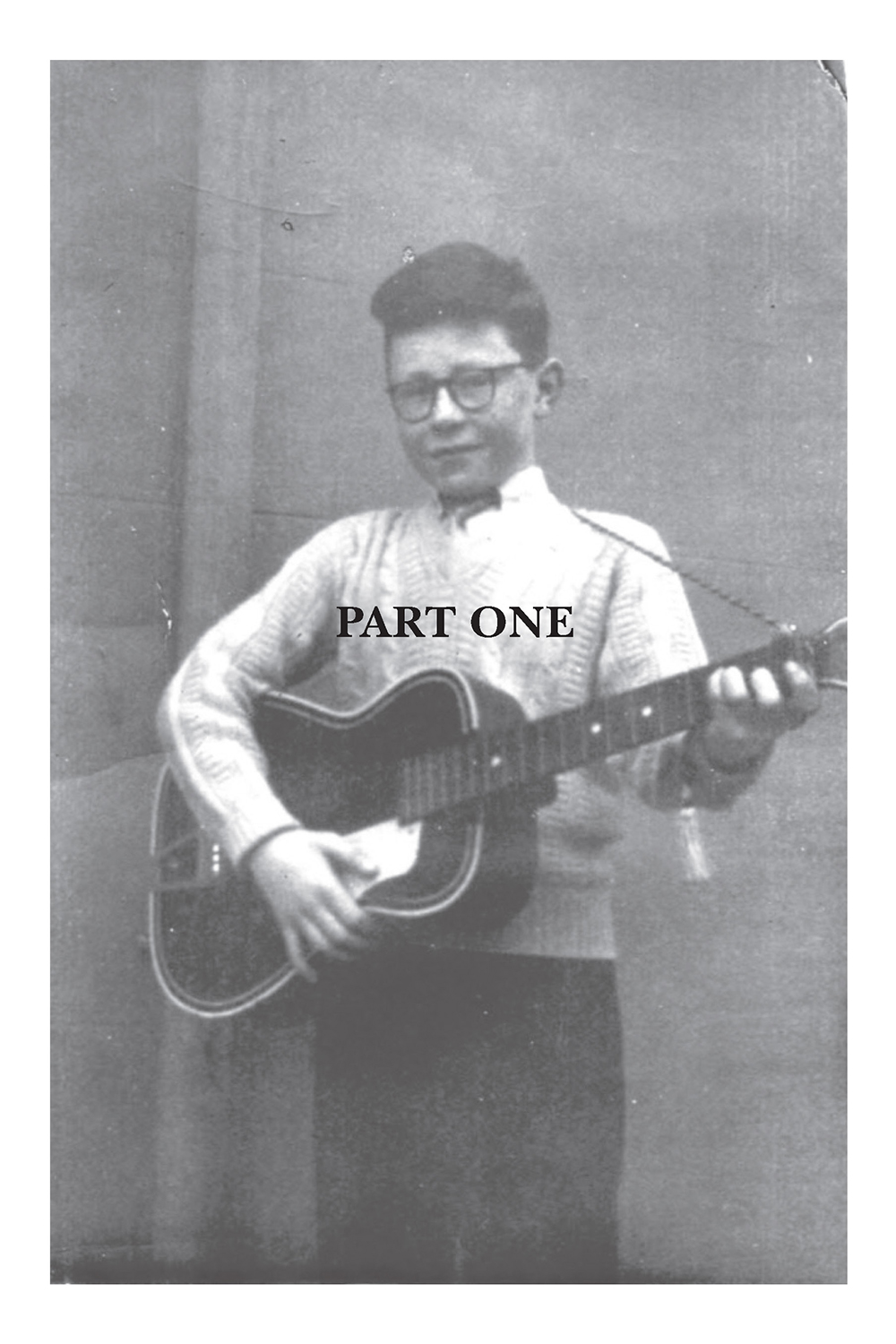
STRABANE 1950
Leafy green wallpaper from a bygone time. This is the first thing to register. A small room with, from a three-year olds viewpoint, a high ceiling; one bare light bulb glaring down; a black cast-iron range at one end. Musty, fusty coaly smells, someone whistling a popular tune, strangers coming and going , carting in beds, chairs and tables from the cold, dark outside into the living room of an unfamiliar house
Strabane, County Tyrone, Northern Ireland. The year is 1950 and the Brady family have just moved from Barrack Street, where there are no longer barracks, to Church Street where there is no longer a church though an ancient, forgotten graveyard remains.
Home at the time to around 6,000 living souls, Strabane is an old town, crucible of unrest in the past and soon to be in the future. Situated at the confluence of three rivers, the Mourne, the Finn and the Foyle, historically the border between counties Tyrone and Donegal since the twelfth century, many a skirmish, night of rape and plunder would have taken place between the ONeill and ODonnell clans long before the English and Scottish planters arrived in the late sixteenth century. And since 1921, fewer than thirty years before the Bradys arrive in Church Street, it is also a border town between Northern Ireland and the Irish Republic, or the Free State, as locals call it.
The child Paul myself is at the time the youngest of Sean and Mollie Brady. My sister Anne, three years older, is the firstborn. My brother, Barry, will arrive five years later. There is talk of a miscarriage in between, which took its toll.
My parents have arrived in the area six years before the move to Church Street, not long after getting married. Blow-ins the pair. Sean, a Wesht of Ireland man, a Free State man, Sligo born and bred. Mollie, a North of Ireland girl, from the other end of Tyrone where it bordered County Fermanagh. Temperamentally, two very different people.
Next page
